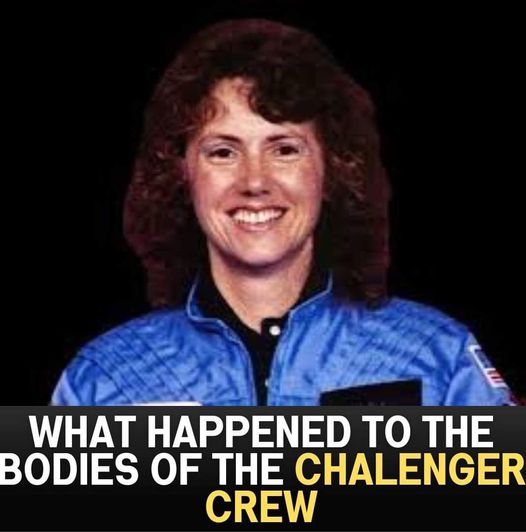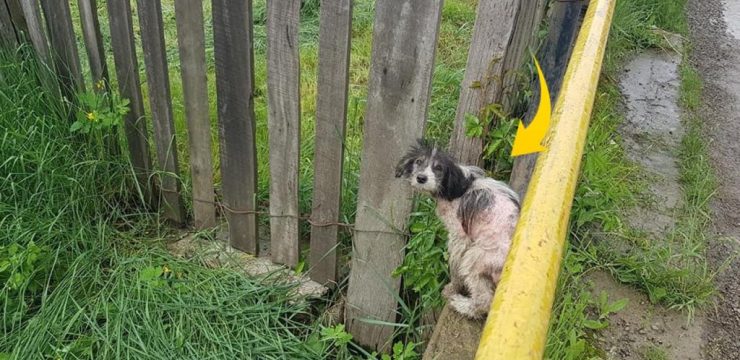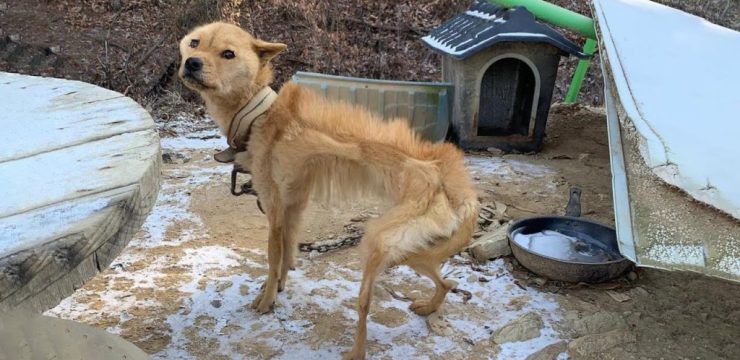The Challenger space shuttle disaster on January 28, 1986, remains one of the most heartbreaking events in space exploration history. As the nation and the world watched in horror, the shuttle broke apart just 73 seconds after liftoff, killing all seven crew members on board. The crew, including commander Francis R. Scobee, pilot Michael J. Smith, mission specialists Ronald McNair, Ellison Onizuka, and Judith Resnik, payload specialist Gregory Jarvis, and teacher Christa McAuliffe, tragically lost their lives in the disaster.
In the aftermath of the explosion, one of the most difficult and painful tasks was the recovery of the crew’s remains. After the spacecraft disintegrated, debris, along with the remains of the astronauts, fell into the Atlantic Ocean. Efforts to recover the wreckage from the ocean floor began almost immediately, and the bodies of the seven astronauts were eventually found among the debris.

The Recovery Effort
Following the disaster, NASA and recovery teams worked tirelessly to search for and retrieve the wreckage of the shuttle and the crew members’ remains. The recovery operation took several weeks, as the debris from the Challenger shuttle was scattered over a wide area of the ocean.
By March 1986, the remains of all seven astronauts were located and recovered. These remains were then returned to their families for private funerals and memorial services, allowing their loved ones and the public to mourn and honor the lives lost in the tragic accident.
A Somber Legacy
The Challenger disaster was a devastating blow to NASA and the space exploration community, but it also served as a powerful reminder of the inherent dangers that come with space travel. The loss of the Challenger crew deeply impacted the nation, sparking discussions about safety protocols and the future of human spaceflight.
In the wake of the tragedy, NASA launched an extensive investigation to determine the cause of the disaster. The findings revealed that a failure in one of the shuttle’s O-ring seals, exacerbated by cold weather, led to the catastrophic explosion. As a result, NASA overhauled its safety measures and procedures to prevent similar tragedies from happening in the future.
Honoring the Challenger Crew
The seven Challenger astronauts are remembered for their courage, dedication, and contributions to the pursuit of space exploration. Schools, buildings, scholarships, and other memorials have been named in their honor, ensuring that their legacy continues to inspire future generations.
Christa McAuliffe, who was set to become the first teacher in space, has especially been commemorated for her passion for education and her role in inspiring young students to dream big. The Challenger crew’s legacy lives on, serving as a powerful reminder of both the potential and the risks involved in space exploration.
Conclusion
The recovery of the Challenger crew’s bodies was a somber and painful chapter in the history of space exploration. While the disaster marked a significant setback for NASA, it also underscored the importance of safety and resilience in the face of adversity. The Challenger astronauts’ bravery and their contributions to space exploration will never be forgotten.





